This page contains general information about a character’s Skill Points in Diablo 2 Resurrected.
After you’ve selected a character, you’ve narrowed down your playstyle considerably, but skill points ultimately determine builds. Whether your Amazon sits back and shoots a fan of arrows at enemies, or tosses lightning javelins, whether your Paladin righteously smites enemies into submission or tosses a spiral of magic hammers from behind the safety of his shield, whether your Sorceress blasts enemies with fire, lightning, ice or a combination thereof… that’s all up to Skill Point allocation. In fact, the gear you seek out should be subordinate to your Skill Point allocation, and since your Stat Point distribution is at least in some part decided by your gear, skills drive the build.
Skill Point Allocation¶
You earn one Skill Point every time your characters levels up, which you can then invest in one of the skills on your skill tree. Each character has three skill trees consisting of ten skills, and each skill can be leveled up by spending a Skill Point on it. Each skill’s maximum Skill Level (sLv) is 20 (not including bonus levels added by gear, shrines or other skills like Battle Orders), and as a skill’s level increases so do its effects. This usually means more damage/defense/attack rating, longer durations, larger AoEs, more projectiles, more/stronger/sturdier minions, etc. The effects of increasing a skill’s level are different from skill to skill, so precise generalizations are impossible. Unfortunately increasing a skill’s level also usually increases its Mana cost, as well, so be wary of that, lest your offense become difficult to maintain.
You can reach Lv99 at maximum, but that’s more aspirational than expected - reaching Lv85-90 is a much more reasonable goal, and most builds should be mostly complete by that point. Still, with a theoretical maximum Lv99, that’s 98 Skill Points you can earn by leveling up. In addition, there are three quests that reward bonus Skill Points: The Den of Evil in Act 1 (+1 Skill Point), Radament’s Lair in Act 2 (+1 Skill Point) and The Fallen Angel in Act 4 (+2 Skill Points). You can complete each of these three quests three times each, once in each difficulty (Normal, Nightmare and Hell), for a total of +12 bonus Skill Points. Ergo, a max Lv99 character who has completed all quests will have been able to assign 110 Skill Points.
If you assume a reasonable Lv89 as a good stopping point for most builds, that’s exactly 100 Skill Points we can plan end-game builds around. In practice, that means most builds will be looking to max out around five skills, with any excess points being used on skill prerequisites, and any shortages falling on the least useful of the five main build skills. Of course, some builds don’t need five skills to max, and some skills, however useful to the build, aren’t worth maxing for various reasons. Generally, however, you’ll either be maxing a skill or putting one point into it and letting +Skills gear do the rest.
(1 of 2) Raise Skeleton is an example of an Active Skill - the skill itself will need to be cast for it to take any effect.
Raise Skeleton is an example of an Active Skill - the skill itself will need to be cast for it to take any effect. (left), Meanwhile, Skeleton Mastery is a Passive Skill - once you put points into it, it’ll automatically boost the stats of your minions. (right)
Active and Passive Skills¶
There are two types of skills, which differ only in implementation: Active and passive skills.
Most skills are active skills - when you invest at least one point in an active skill, you unlock the ability to use it, just assign it to a hotkey and you’re good to go. Active skills tend to cost Mana to use, and some may also require other resources; Corpse Explosion requires corpses, Iron Golem requires a base item to create the golem out of, to list a few examples. Other than the fact that you have to click a button (and usually expend some Mana) to use an active skill, they’re a wildly diverse batch of abilities that share little else in common.
On the other hand there are passive skills, which permanently improve various parameters once the relevant skill is invested in. Skeleton Mastery will improve a Necromancer’s skeletons and revives, Fire Mastery increases the damage dealt by all of a Sorceress’s fire spells, and Sword Mastery will increase a Barbarian’s Damage, Attack Rating and Critical Strike chance when wielding swords.
(1 of 3) All characters have three skill trees of ten skills per tree. For example, the Paladin has the following three skill trees: Defensive Auras,
Skill Trees¶
As mentioned earlier, each character has three trees of ten skills each. They can invest freely between different skills and skill trees, but it should be noted that some skills have prerequisites. Skills typically come in level-based tiers - some skills you can invest in at Lv1, others require you to be Lv6, Lv12, Lv18, Lv24 and finally Lv30. For example Ice Bolt can be purchased as soon as you earn a Skill Point, but Ice Blast requires you to reach Lv6, Shiver Armor requires Lv12, Glacial Bolt requires Lv18, Blizzard requires Lv24 and Frozen Orb can’t be invested in until Lv30.
In addition, the maximum number of Skill Points you can invest into a skill is equal to the amount by which your character level meets and exceeds the skill’s level requirement. For example, you have to be Lv30 to invest a point into Frozen Orb, but you’ll need to level up again to invest a second point, and you won’t be able to max out Frozen Orb (at sLV20) until you hit Lv50.
While you obviously can’t invest Skill Points into skills you don’t meet the level requirement for, you’re also not obliged to invest Skill Points when you level up, either. If you want to save Skill Points for other skills further down the tree, you can absolutely do so. This is handy if, say, there are two skills you really want to invest in at the same time, like the Paladin’s Blessed Hammer and Concentration skills, both of which require you to reach Lv18 before you can spend any points in them.
Also, some skills have other skill requirements. Kind of the whole purpose of organizing them into a tiered tree, after all. We’ll use the Sorceress’s Cold Skills tree as an example: to purchase Chilling Armor (Lv24) you must first purchase Shiver Armor (Lv12), which in turn requires you to purchase Ice Blast (Lv6) and Frozen Armor (Lv1). Investing a single point in a skill is enough to qualify and allow you to advance freely down the tree to other skills. Fortunately, the skill trees come with handy-dandy arrows that show you these skill requirements, so when in doubt, just follow the arrows!
Synergies¶
Synergies are one of the primary driving features of builds, which is amusing when you consider they weren’t originally part of the game… yeah, Blizzard had us rerolling new characters every few weeks back in the day, it seemed (Oh, also, respeccing wasn’t a thing back then, either. Fun!)
Anywho, some skills are related enough to other skills that knowledge of one imparts benefits to another. This commonly takes the form of granting another skill a set +X% bonus to damage per sLv, but other benefits exist. The exact boons a synergy gives and from what skills is indicated on each skill when viewing them on the skills page, and in some cases, investing in a primary offensive skill and its synergies is the main focal point of a build, if not the entire build plan. So key is this to builds, that builds are often just named after their key skill - Hammeradin, Blizzard Sorceress, etc.
(1 of 3) Blizzard maxed out at sLv20 deals fair damage,
To emphasize how much of an impact synergies have on a skill’s potency, we’ll use the Blizzard skill as an example, which gives its name to the Blizzard Sorceress build. To purchase Blizzard, a Lv24 skill, you have to first purchase Glacial Spike (Lv18) and Frost Nova (Lv6), the former of which also requires Ice Blast (Lv6) and Ice Bolt (Lv1). Ice Bolt, Ice Blast and Glacial Spike are all synergies with Blizzard, granting +5% Cold Damage per sLv invested. That being the case, Blizzard’s base damage of 45-75 is already boosted up to 51-86 by the time we can even unlock it.
Investing more Skill Points into Blizzard will increase its damage, of course (as well as its Mana cost…) and by sLv10 it’s already dealing 241-286 damage. Maxed out at sLv20 and this becomes 655-711, which seems hefty compared to where it started, but it’s not going to impress many foes on Hell difficulty. Now if we max out Ice Bolt, Blizzard’s damage is boosted to 1197-1299, nearly doubling Blizzard’s damage without increasing its Mana cost a bit! Max out Ice Blast and we’re up to 1738-1887 damage, and finally max out Glacial Spike to bring Blizzard to a respectable 2280-2476 damage.
Blizzard Synergies Example
| Skill Points Invested | Blizzard Damage |
|---|---|
| Blizzard sLv1 | 45-75 |
| Blizzard sLv10 | 241-286 |
| Blizzard sLv20 | 655-711 |
| Ice Bolt sLv20 | 1197-1299 |
| Ice Blast sLv20 | 1738-1887 |
| Glacial Spike sLv20 | 2280-2476 |
How important are synergies? About “75% of a Blizzard Sorcerss’s damage output” important, in this example.
Keep in mind that only hard points invested into skills - a skill’s base sLv before any +Skills gear is considered - count towards synergies. Having +10 Skills will obviously help, but not via synergies.
Speaking of which…
(1 of 3) +Skills bonuses come in several forms, including items that grant bonuses to specific, individual skills,
+Skills Gear¶
Finally, let’s discuss temporary bonuses to skills. Most of the time this comes from gear; Harlequin Crest, Mara’s Kaleidoscope, The Oculus, Skin of the Vipermagi, a Spirit shield, Stone of Jordan, Arachnid Mesh… all examples of gear that boosts skills. Skill boosts are commonly found on circlets, amulets and class specific gear (Amazon bows, Assassin claws, Barbarian helmets, Druid pelts, Necromancer totems, Paladin shields, Sorceress orbs), but they can also be found on runeword/set/unique gear in other slots. Given how much power +Skills gear can yield, it should be no surprise that some +Skills gear is quite valuable.
In addition to equipment, you can also find +Skills on charms. The unique small charm, Annihilus and the unique large charm Hellfire Torch both provide +Skills (Annihilus grants +1 To All Skills and Hellfire Torch yield +3 Skills to a random character type), while magical grand charms can also drop with +Skills (albeit, only to a specific skill tree, but if you’re a Blizzard Sorceress, +1 Cold Skills is almost as good as +1 All Skills).
How much of an impact do +Skills items play? Well, let’s take the Blizzard example above and add +10 Skills to the character and see what damage we get…
Blizzard sLv30 Example
| Skill Points Invested | Blizzard Damage |
|---|---|
| Blizzard sLv1 | 45-75 |
| Blizzard sLv10 | 241-286 |
| Blizzard sLv20 | 655-711 |
| Ice Bolt sLv20 | 1197-1299 |
| Ice Blast sLv20 | 1738-1887 |
| Glacial Spike sLv20 | 2280-2476 |
| Blizzard sLv30 | 4480-4716 |
+Skills are a pretty big deal.
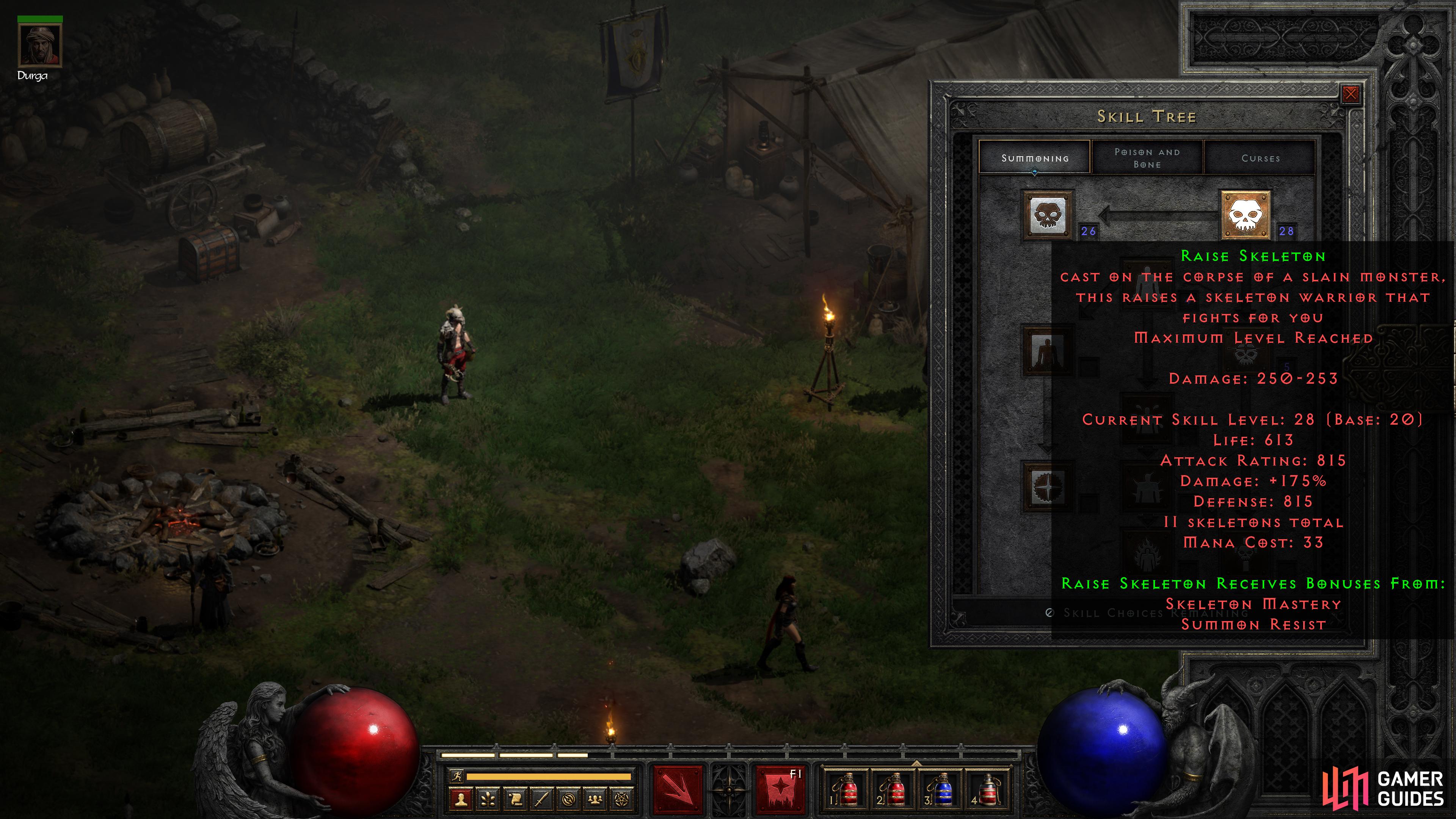
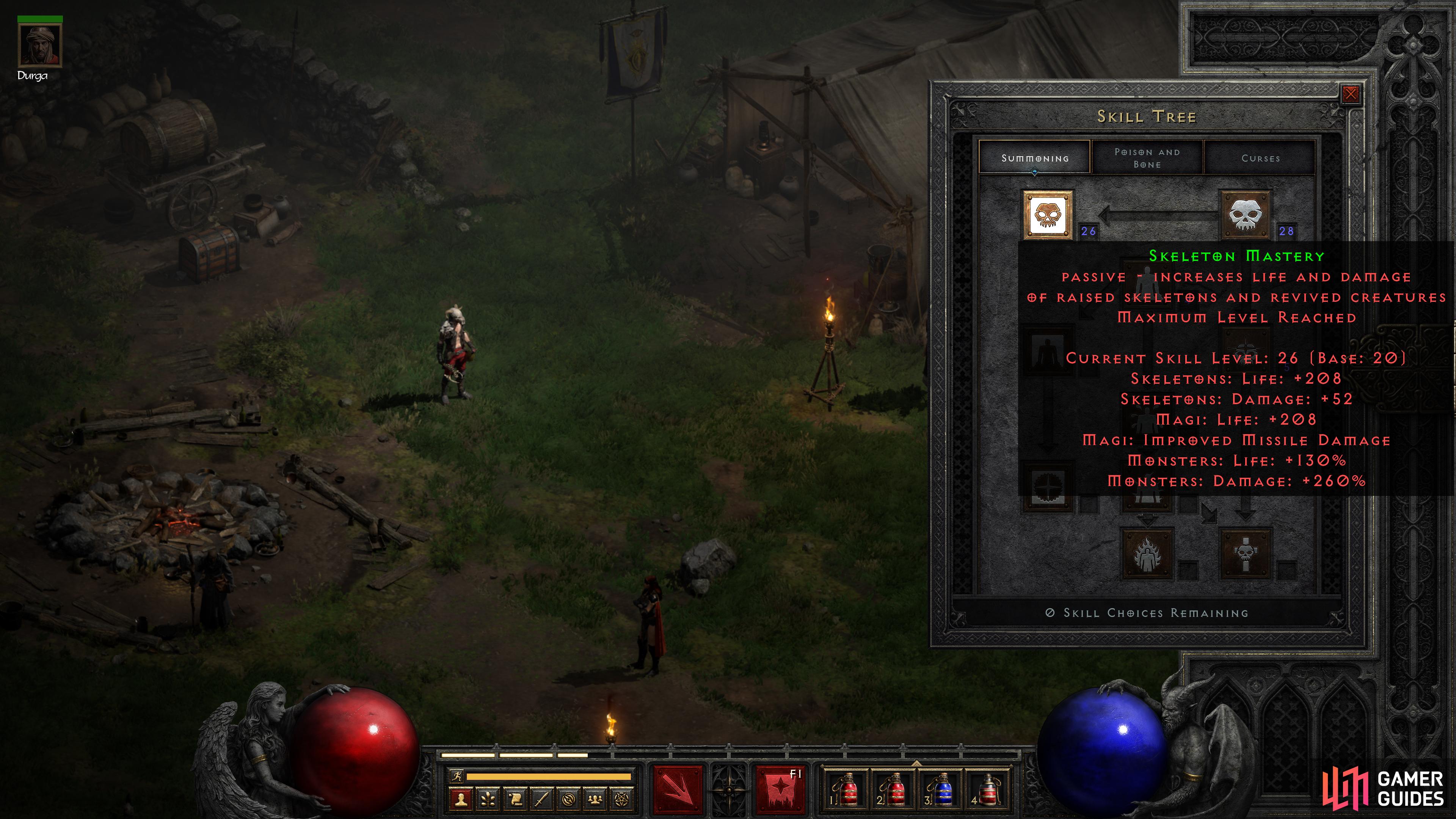
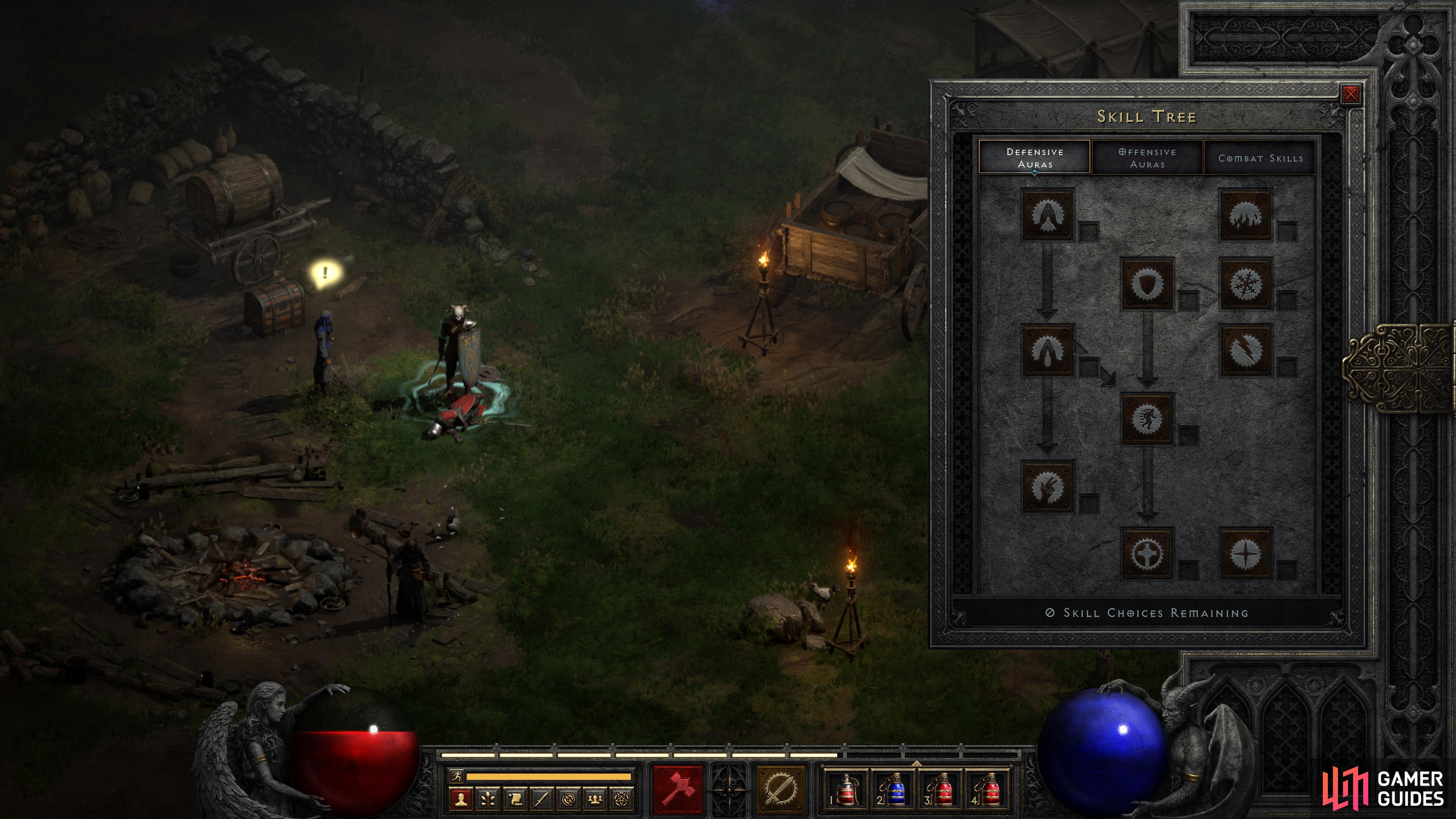
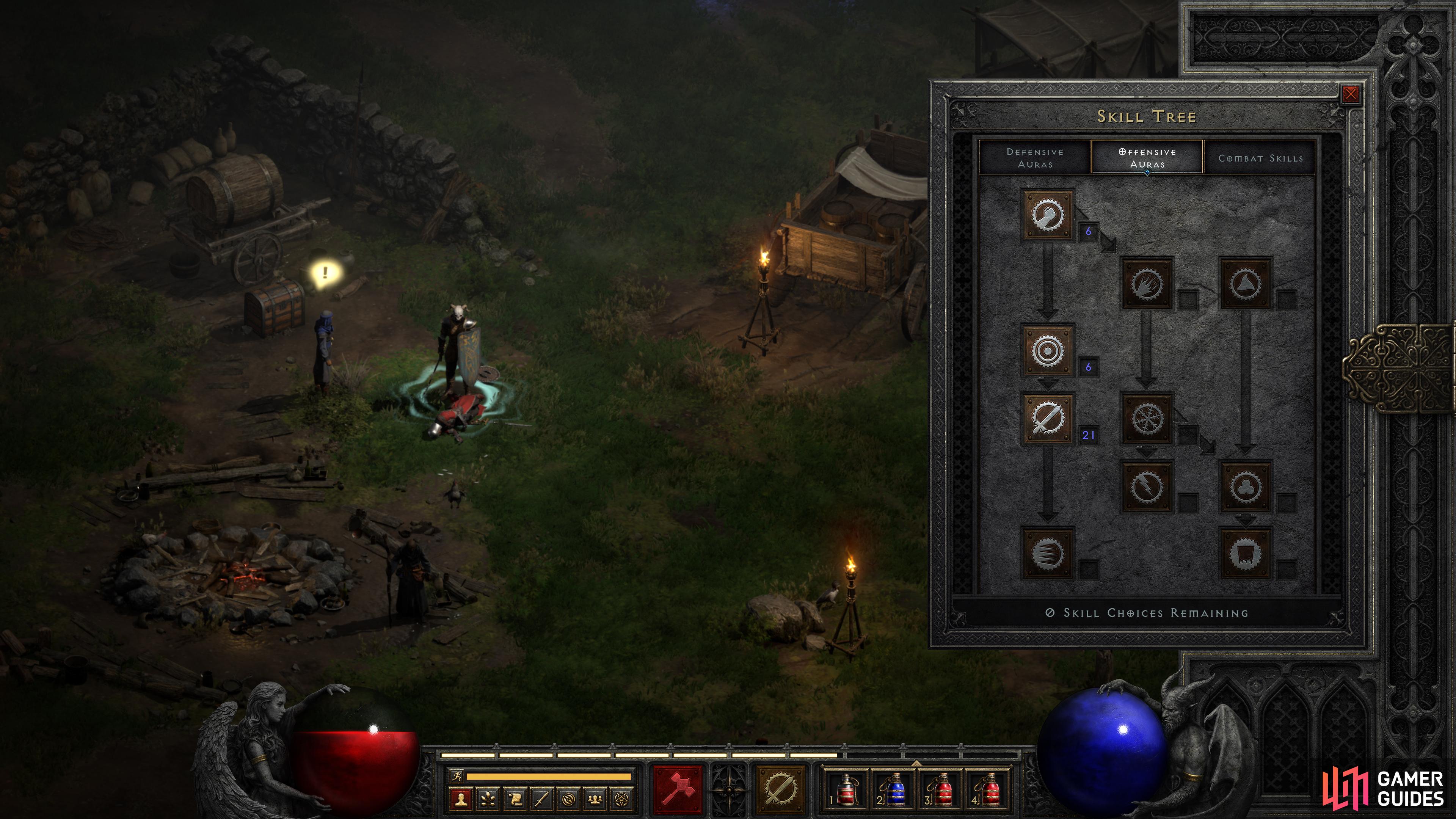
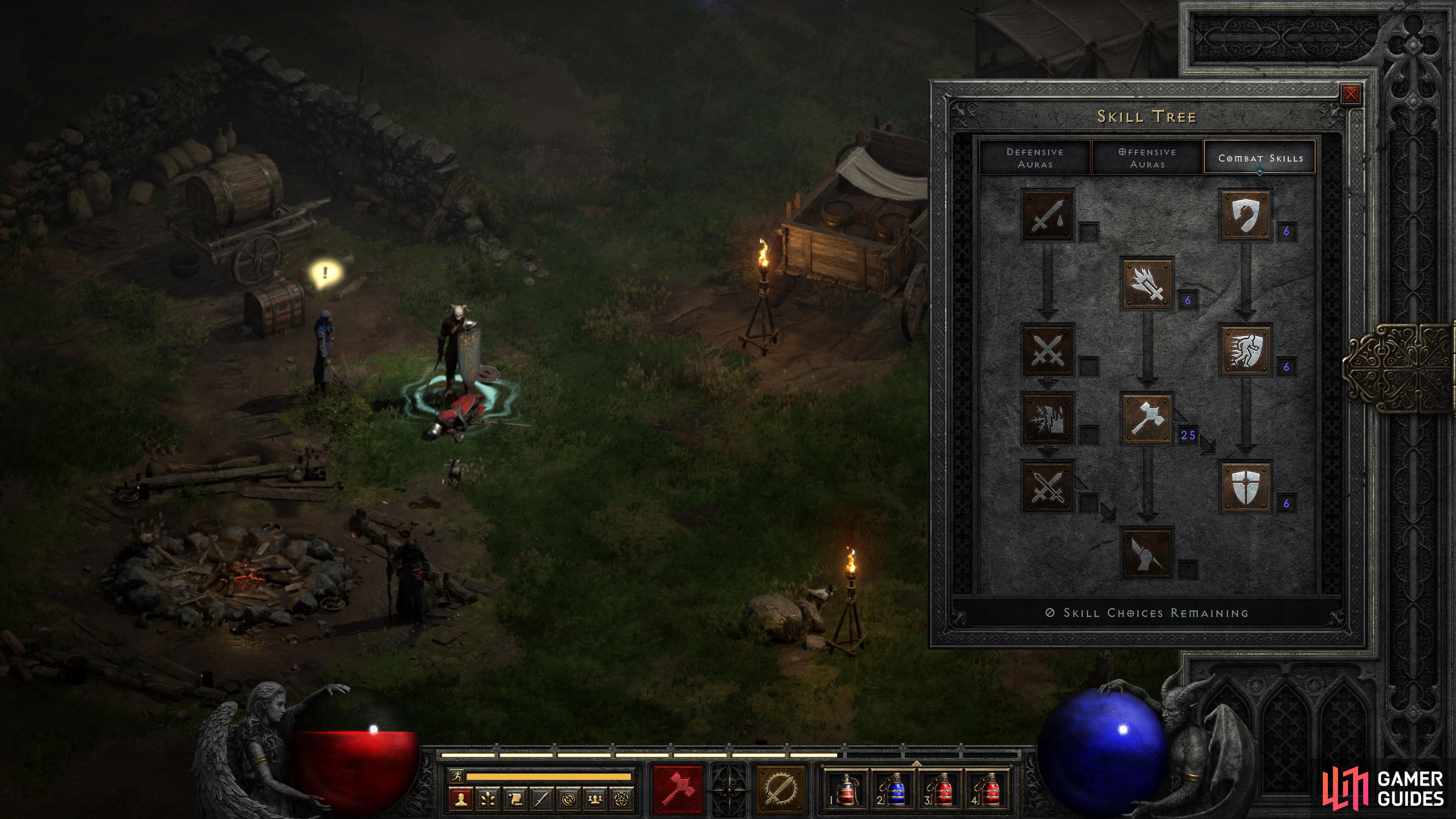
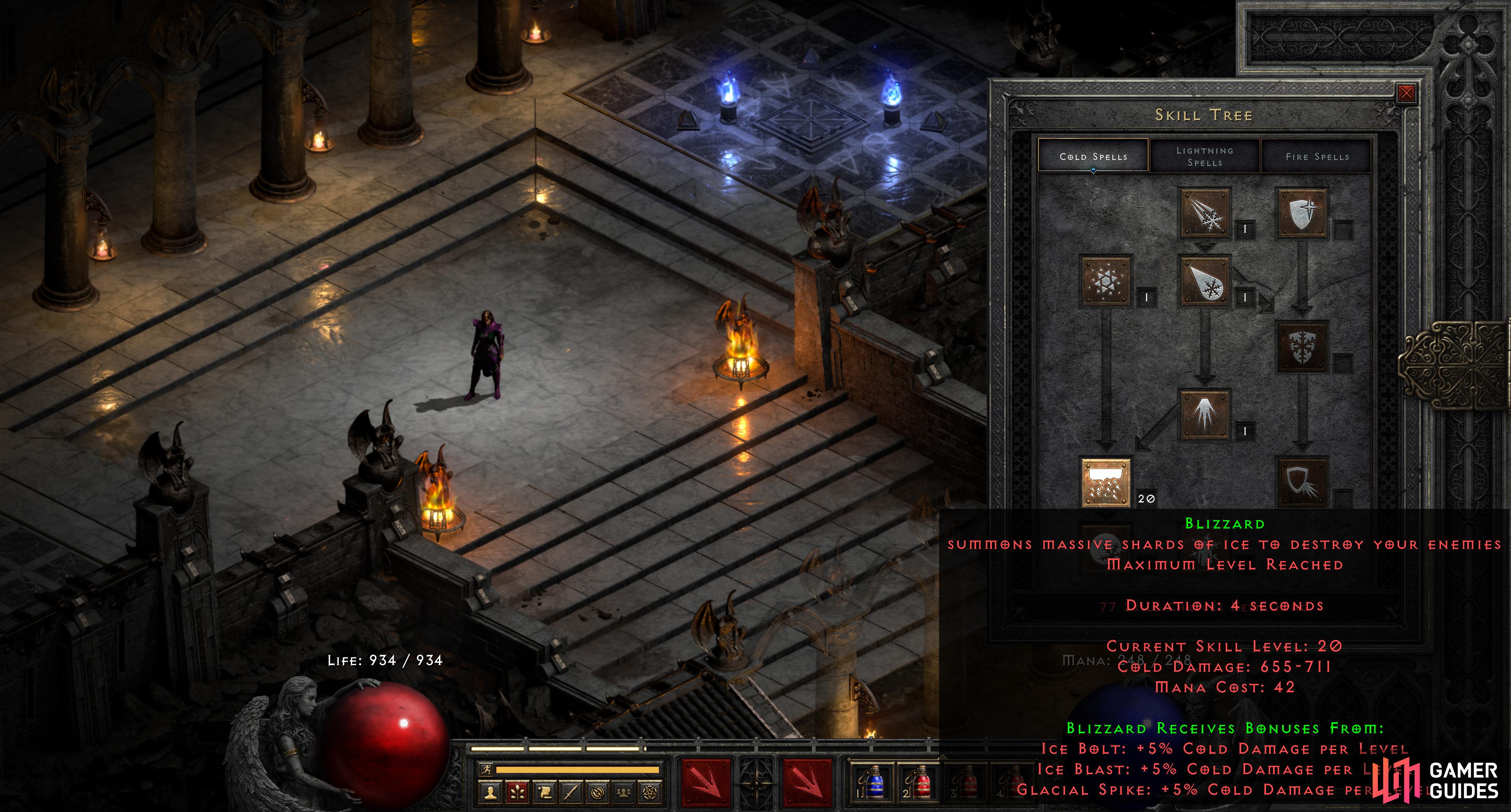
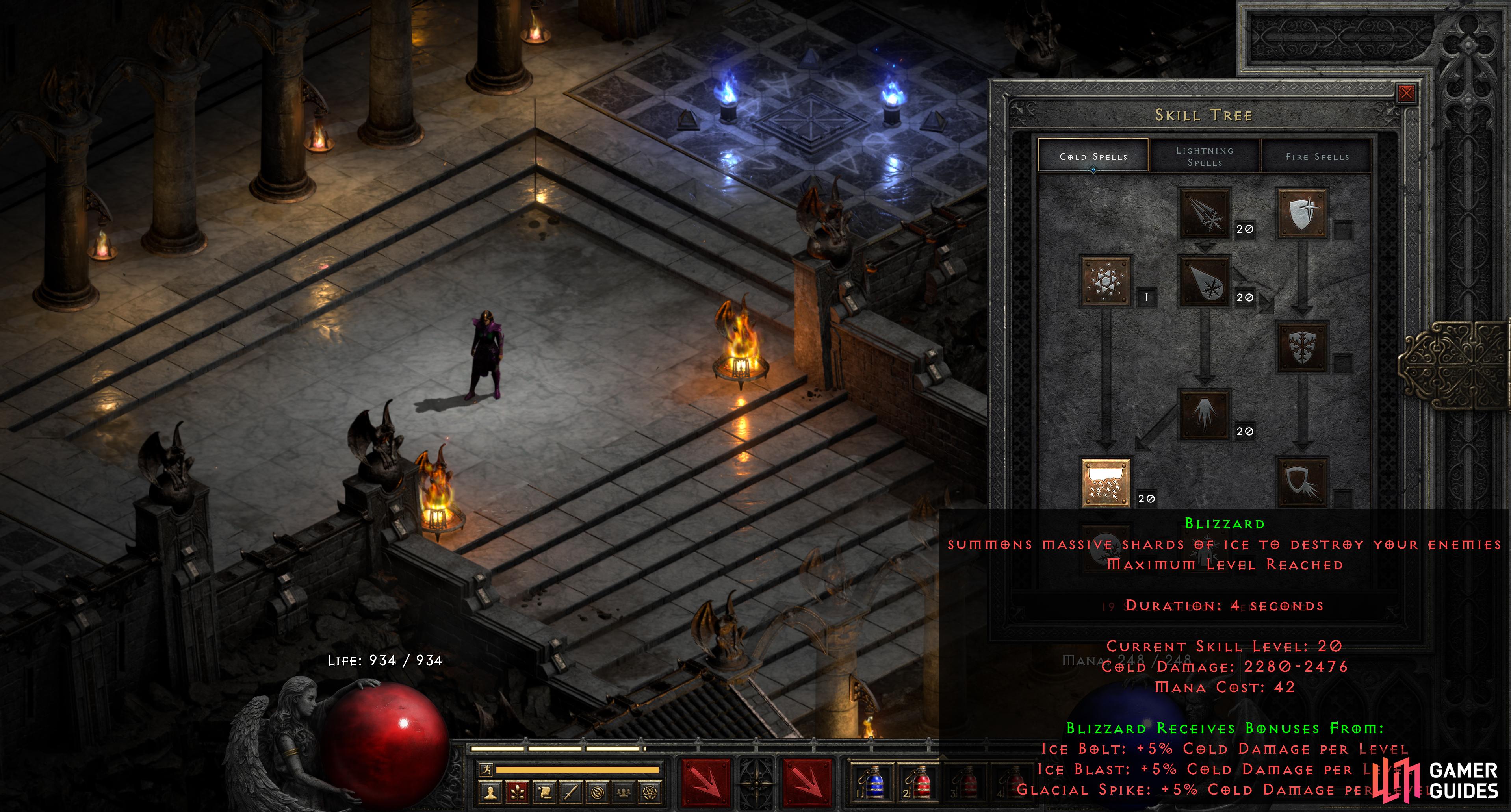
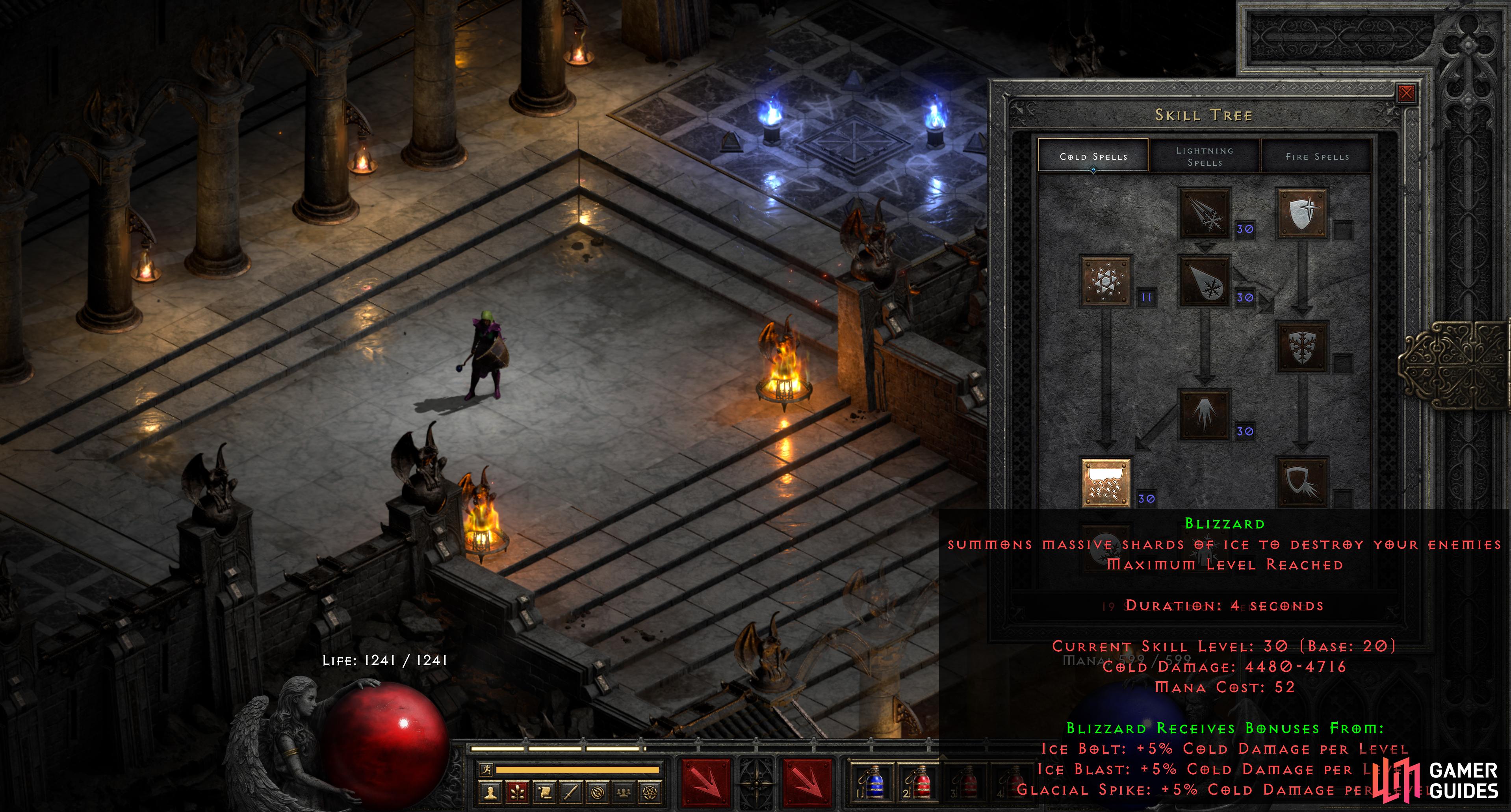
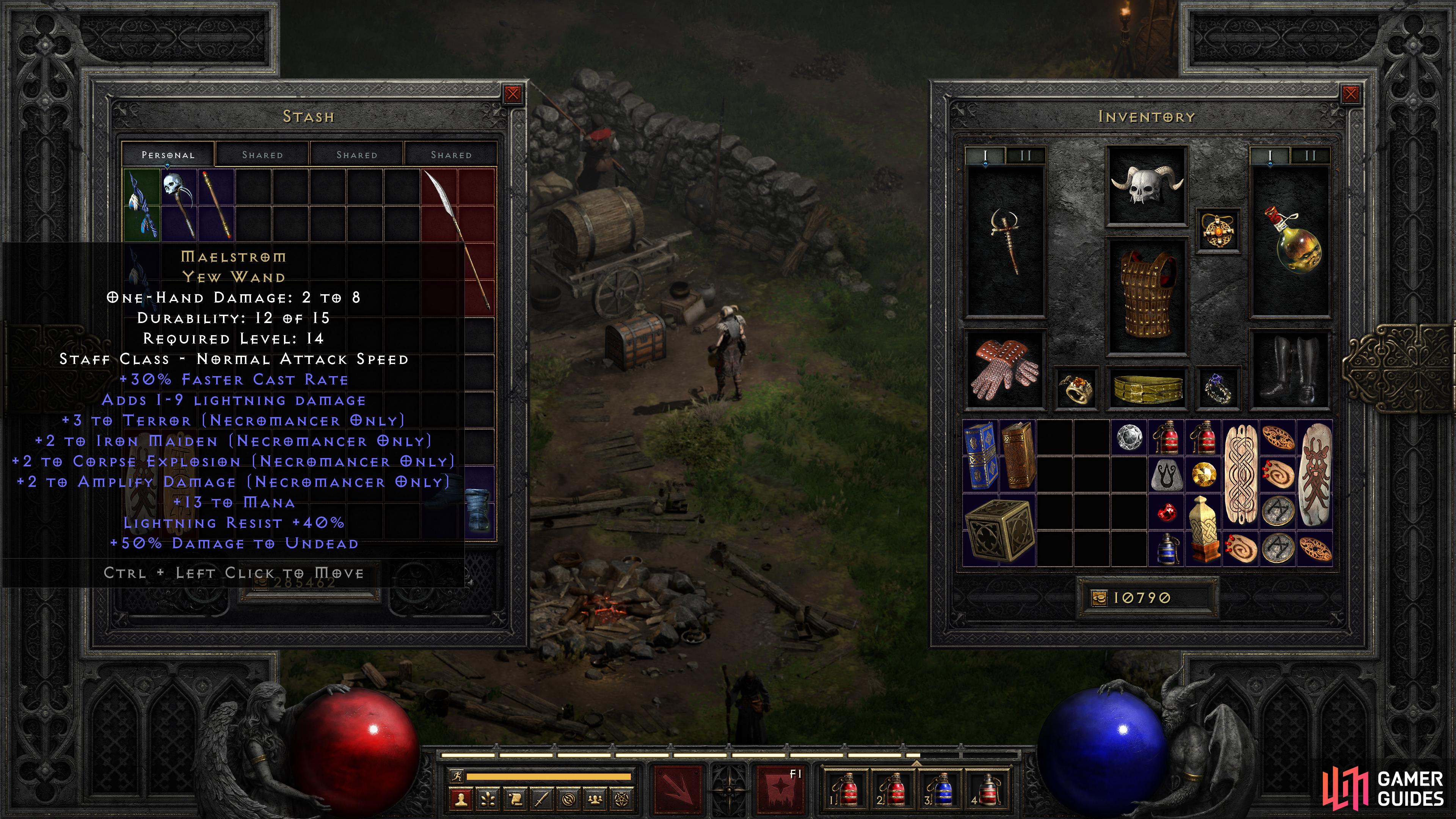
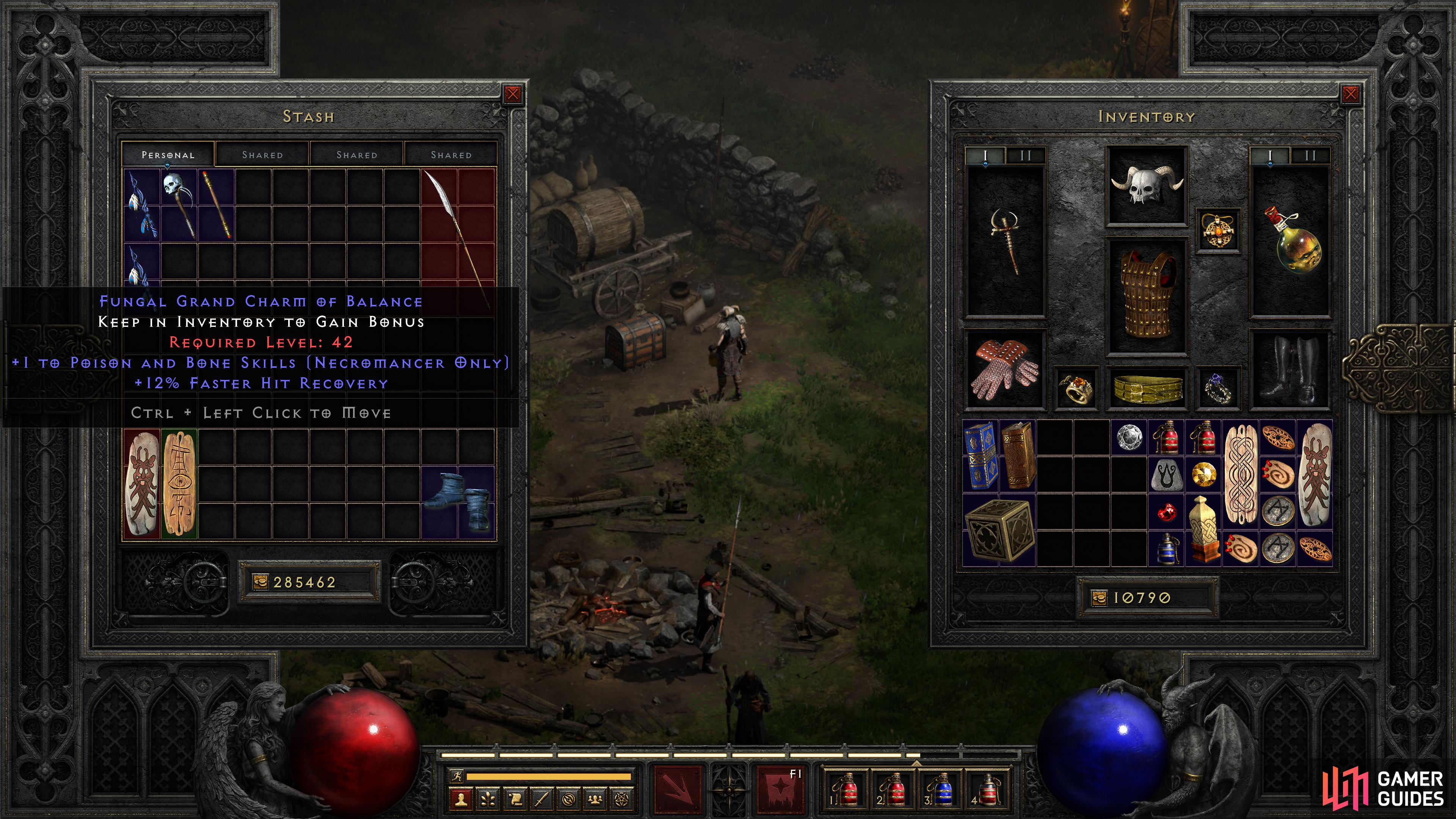
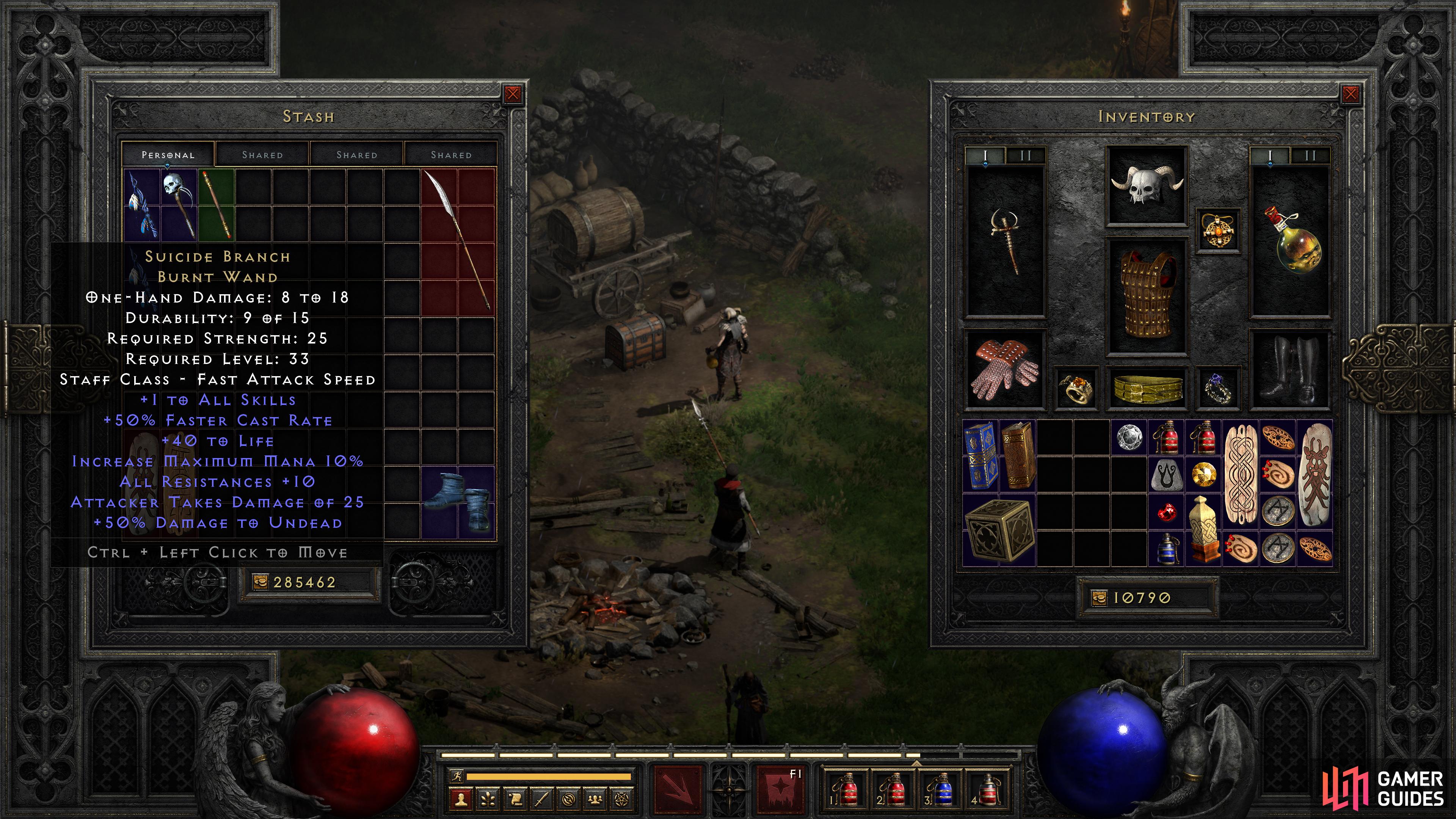

 Sign up
Sign up

No Comments